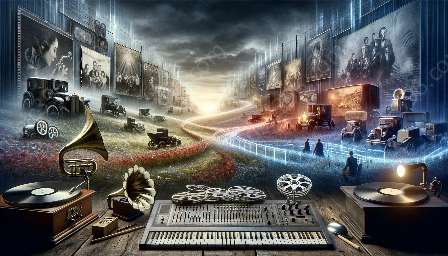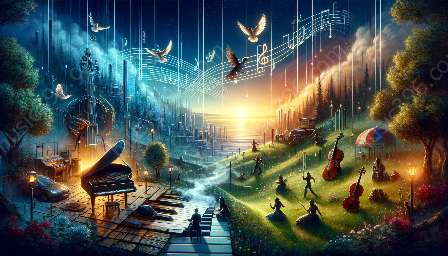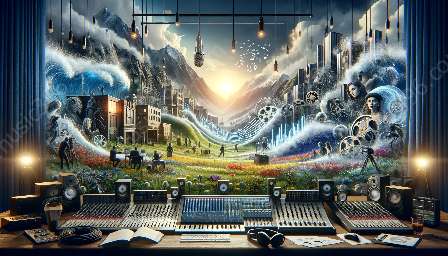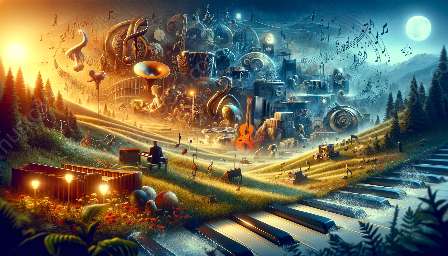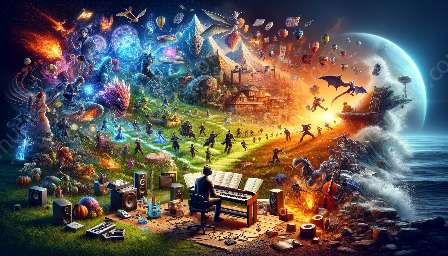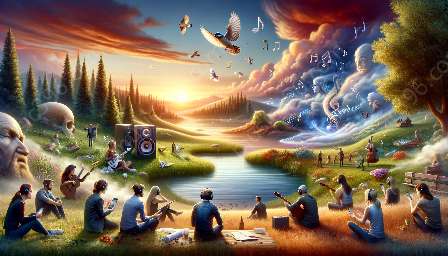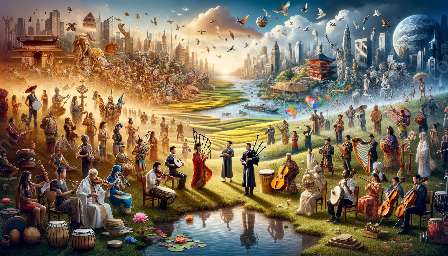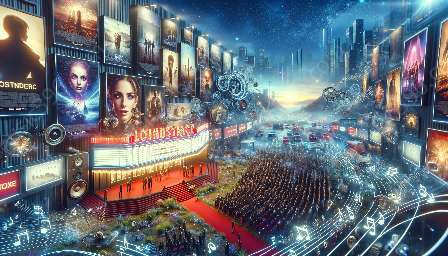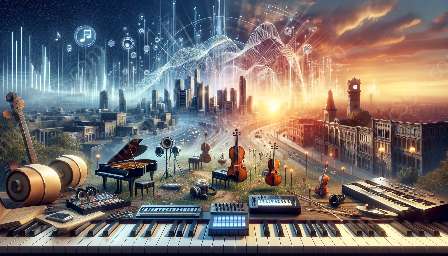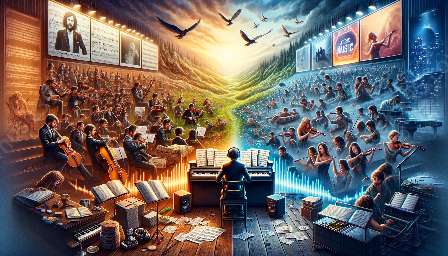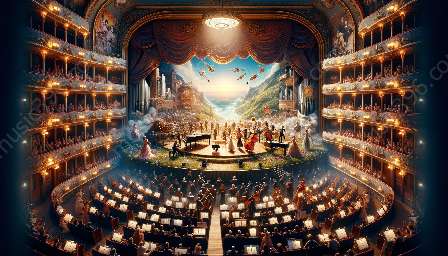Modern filmmaking is a complex interplay of various elements, including time, space, and music perception. This article delves into the intricate relationship between these elements, examining the role of musical themes in soundtracks and the significance of soundtracks in conveying the essence of a scene.
The Perception of Time and Space in Films
In the realm of cinema, time and space serve as essential dimensions that shape the narrative and emotional impact of a film. How time is portrayed within a film, whether it be through linear storytelling, non-linear timelines, or temporal jumps, can fundamentally alter the viewer's experience.
Likewise, space within a film, ranging from physical locations to abstract settings, can have a profound impact on the audience's engagement with the story. The interplay between time and space in films is an intricate dance that can shape the overall perception and interpretation of the narrative.
Music as a Conduit of Perception
Music has long been recognized for its ability to evoke emotional responses and shape our perceptions of time and space. In the context of filmmaking, music serves as a powerful tool to manipulate the audience's perception of time and space, intensifying or altering the emotional impact of a scene.
The selection and composition of musical themes in soundtracks can imbue a film with an added layer of depth, enriching the audience's understanding of the temporal and spatial dimensions within the narrative. Whether it's a compelling melody that heightens a sense of urgency or a haunting composition that transports the audience to a different world, musical themes in soundtracks play a pivotal role in shaping the perception of time and space in films.
Exploring Musical Themes in Soundtracks
Musical themes in soundtracks are meticulously crafted to align with the narrative arc of a film, effectively accentuating key moments and emotions. Through the use of leitmotifs, recurring musical motifs that are associated with specific characters, objects, or concepts, filmmakers can enhance the audience's understanding of the depicted time and space, connecting multiple scenes across the film.
Moreover, the thematic variations and orchestration of the soundtrack can convey a sense of progression, allowing the audience to perceive the evolution of time and space within the story. By examining the nuances of musical themes in soundtracks, viewers can immerse themselves in the multidimensional experience of a film, enriching their perception of the depicted temporal and spatial elements.
The Role of Soundtracks in Conveying Essence
Soundtracks serve as a conduit for conveying the essence and emotional resonance of a scene within a film. The careful selection and synchronization of music with visual elements can amplify the viewer's perception of time and space, creating a harmonious fusion of sensory experiences.
Through the strategic use of soundtracks, filmmakers can manipulate the passage of time, imbue spaces with distinct atmospheres, and evoke profound emotional responses from the audience. From symphonic scores that underscore epic journeys to minimalist compositions that capture intimate moments, soundtracks play a pivotal role in shaping the audience's perception of the temporal and spatial elements within a film.
Conclusion
The interconnected relationship between time, space, and music perception in films offers a captivating avenue for exploring the intricate tapestry of cinematic storytelling. By delving into the role of musical themes in soundtracks and the significance of soundtracks in conveying the essence of a scene, audiences can gain a deeper appreciation for the art of filmmaking and the transformative power of music within the cinematic landscape.


